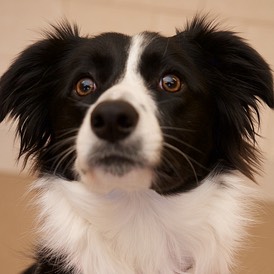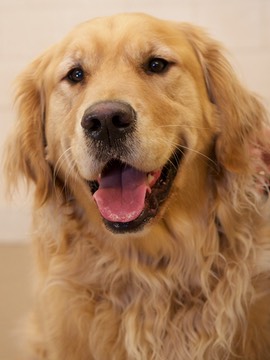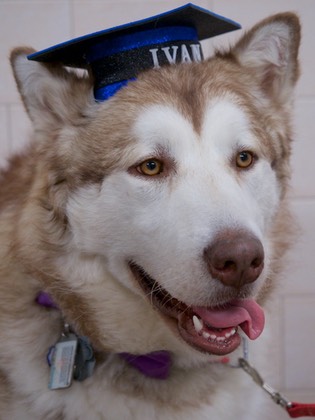
Dog training has made great strides over the last decade.
That is not to say that everything is perfect.
Overall there is still progress to be made. Dominance theory is too prevalent in certain segments. Among the general public, the idea you have to be a pack leader is very common. Alpha rhetoric is still spewed as gospel in certain training circles. It is old school mentality which unfortunately is not going away any time soon.
However, people are getting smarter. They are researching and looking to science to point the way forward. They are questioning these tired debunked methodologies and adopting different means to communicate with their dogs.
A theoretical framework which has fortunately seen some resurgence is operant conditioning. Operant conditioning has been around for 150 years plus and really came to prominence with BF Skinner. It is a solid foundation for behaviour shaping and modification. It has stood the test of time and peer review. Operant conditioning has shaped the whole positive reinforcement movement in dog training. It is a good thing. (For more on this, check out: BF Skinner, why punishment does not work and on operant conditioning principles.)

The Bribery Fallacy:
One of the largest criticisms I hear about the whole treat to reward system is:
“I want my dog to obey me because he wants to not because I am bribing him”
That statement is a loaded one. So much can be said about it. It misses out on what operant conditioning is really about. It discounts learning theory. It ignores the concepts of shaping behavior, using bridging reinforcers and intermittent reinforcement schedules.
For the purposes of this article I want to address part of what is wrong with the statement and, I discuss the concepts of luring and rewarding.
Luring defined:
Luring, along with capturing, modelling and shaping is a cornerstone in any quality dog training program. If your trainer cannot discuss these practices comfortably and your program does not include them as founding principles, seek another trainer and another program.
Luring is a very useful tool to help you teach your dog what you wish them to do.
In simple terms using luring principles means you offer your dog something he desires (usually a highly motivating food treat but it can be anything that your dog highly desires), ask the dog to perform a command and then lure the dog into position using the motivator.
The sequence is as follows:
1. Present a treat
2. Ask for a sit
3. Move the treat up and over your dog’s head
4. Your dog follows the treat, naturally performs a sit (partial sits or any movements in that direction)
5. You give the treat
6. Repeat as needed.
It is fantastic how quickly the dog learns to perform what is asked using this concept. It relies on MOTIVATION. The dog wants the treat, you lure the dog into position using the treat, the dog gets the treat and learns when he goes into said position, the treat is automatically given. The dog now associates this position with good things happening and is thus more likely to repeat the behaviour.

Where the process becomes unravelled is when people never progress beyond luring. They must present the lure to the dog in order for the dog to perform a skill. This is especially true in higher distraction environments like class where the dog’s focus can quickly switch to something else.
It is interesting to observe owners working with their dogs. You see the dog in a perfect heel with a piece of food or treat dangling from the owners fingers directly in front of the dog. What happens when the food runs out? What happens when it no longer holds the interest of the dog that it did at the start of the session? The whole process breaks down leaving both owner and dog frustrated.
Moving from Lure to Reward
This is where rewarding comes into play. In simple terms rewarding means that the motivator, in this case a food reward, is given to the dog upon completion of what is being asked. The motivator becomes a reinforcer. Luring should be quickly faded into rewarding when you expect your dog is getting the concept of what is being asked. Using the above example…do six repetitions of luring the dog into the sit, six more where you gradually fade offering the treat to removing the treat from your pocket, then start asking the dog to perform a sit and wait for it to happen. Reward immediately for the dog popping into a sit.
A lure is used to produce a behaviour. A reward is given after the behaviour is produced.
Luring is easy. It produces quick results as long as what is being offered is a high enough motivator. When faded into rewarding, you get much longer lasting and satisfying results. Used in conjunction with bridging reinforcers, intermittent reinforcement schedules and shaping practices, it is a solid means of training your dog. Fading to reward may take a little longer as the dog’s brain has to interpret what you are asking and adjust to the change in communication. However, it is a beautiful process. Often times, you can see the figurative light bulbs going off in a dog’s head as he offers a behaviour and immediately gets rewarded for it.

For more on this subject read “How To Use Food Intelligently…” from Dogstar Daily. The article delves deeper into the subject and gives some excellent practical tips on how to shape your training practices.